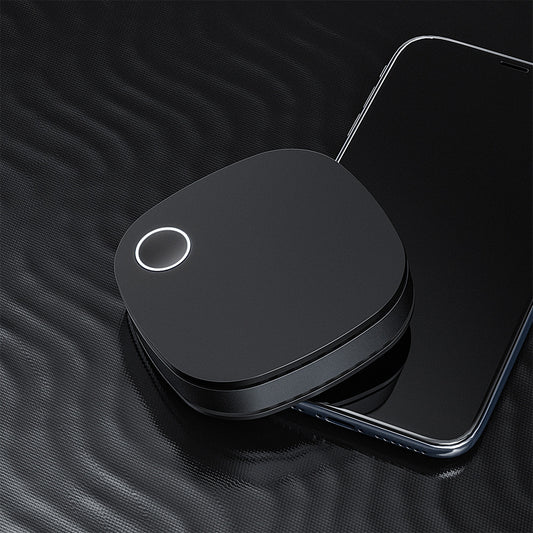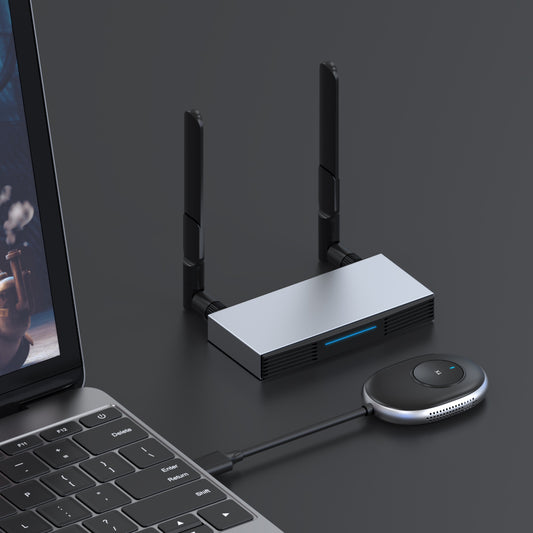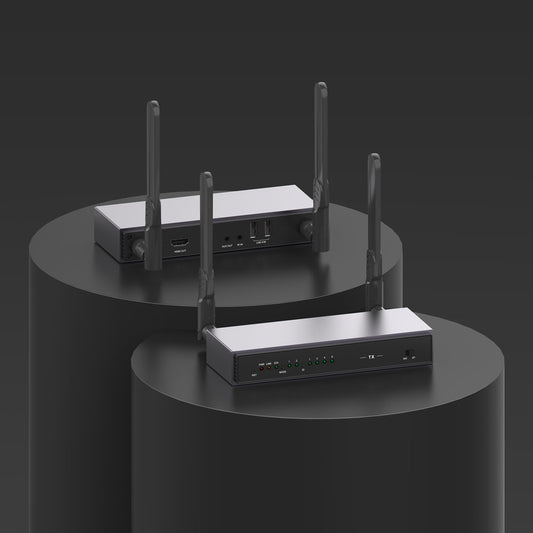
Fiber Optic HDMI Cables: What Is It?
Worldwide, HDMI cables are becoming a standard component of electronic systems. When it comes to sending video and audio from a source to a screen, their convenience and versatility have elevated them to the status of industry standard. The kinds of cables available on the market change along with HDMI standards. Fiber optic technology has just been integrated into HDMI, which is one alteration.
What Is a Fiber Optic HDMI Cable?
You might be surprised to learn that fiber optic HDMI cables have been available for a long. Those large LED billboards you've seen use fiber optic HDMI. Those massive displays in Times Square? They do, in fact, utilize fiber optic HDMI. But what exactly does fiber optic mean?

Fine glass filament strands are used in fiber optic technologies to transmit data as pulses of light. A fiber optic HDMI cable, the most sophisticated type of HDMI cable, combines the greatest aspects of fiber optic technology with the HDMI specification.
The newest HDMI fiber optic cables are frequently quite thin, flexible, and light. The interface can be connected to your devices' HDMI ports using detachable connections that are built inside the interface.
Your device will first transform the HDMI signals into light pulses prior to transmitting them. The pulses move very quickly across the fiber optic cable. The light pulses change back into electrical signals when they reach their destination.
Can Audio Be Supported by Fiber Optic HDMI Cables?
Like the majority of common HDMI connections, fiber optic HDMI cables can transmit both video and audio to a display. Up to 32 uncompressed audio channels can be supported by these optical HDMI cables.
A feature called the Audio Return Channel (ARC), which is supported by the majority of fiber optic HDMI connections, enables TVs with built-in tuners to send audio upstream to surround audio sound receivers. It is advisable to verify that the cable has these features before purchasing it because every cable and manufacturer is unique.
Problems with Fiber Optic HDMI Cable
- The fact that fiber optic HDMI cable is not bidirectional is by far its biggest drawback. There is a specific input and output for fiber HDMI. Its edges cannot be inserted into the port at random. As a result, you must first distinguish between input and output connectors before connecting them to the appropriate devices or display monitor ports.
- You'll lose HDMI ARC or EARC since fiber optic HDMI cable only transmits signals in one way.
- More significantly, you'll have to break the bank to get these cables because they are 3X as expensive as a regular HDMI cable. You have a much better choice instead: Wireless HDMI.
- Finally, despite the fact that these cables may transmit data over greater distances—as was already mentioned—only a 60-foot cable is currently available.
Which is better, copper HDMI cables and fiber optic HDMI cables?
Copper cables fall short when compared to fiber optic technologies. The fiber optic HDMI connection employs a focused beam of light to transmit data, as opposed to the copper-built HDMI, which uses an electromagnetic field.
More importantly, HDMI made of copper accepts other electric interferences, which destroys signal. Fiber optic HDMI cables, on the other hand, give a considerably more steady signal because they never encounter issues caused by the neighboring electric field.
However, fiber optic HDMI can occasionally be a challenge in terms of endurance. Fiber optic HDMI cables, which are often strong, can become destroyed with vigorous twisting and minimal stretch, resulting in total darkness.
Conclusion
If you want to increase the distance over which a device may connect to a display while keeping the connection process as straightforward as possible, fiber optic HDMI cables are a good investment.
Given that normal HDMI cables have a 10-foot length restriction, these optical HDMI cables are also appropriate for higher-quality displays (3 m). For instance, utilizing a regular HDMI connection with a 4K TV at a distance of more than 10 to 15 feet is likely to cause HDMI signal loss, visual distortion, or even failure. You would avoid paying for unneeded expenses. Choose an optical HDMI cable if you need to send data more than ten to twenty meters away.








